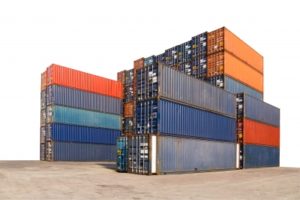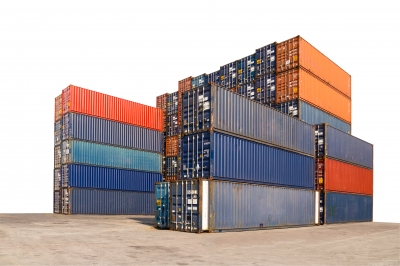 The Philippines’ total merchandise trade declined as exports continue to slide in July 2016, given that global economic recovery remains slow, according to the National Economic and Development Authority (NEDA).
The Philippines’ total merchandise trade declined as exports continue to slide in July 2016, given that global economic recovery remains slow, according to the National Economic and Development Authority (NEDA).
The Philippine Statistics Authority reported that total revenue from trade fell to US$11.4 billion in July 2016 from $12.2 billion in the previous year. This is attributed to the 13% decline in exports and 1.7% decline in imports.
“We must continue to upgrade and improve our industries to ensure their competitiveness and resiliency to shocks,” said Socioeconomic Planning Secretary Ernesto Pernia in a statement.
The decline in exports is due to the decrease in demand for Philippine products from traditional markets such as Japan, China, Hong Kong, and U.S. July 2016 is also the 16th consecutive month of decline of the country’s exports.
Meanwhile, the decline in imports is a result of the decrease in local demand for raw materials and intermediate goods (13.6%), as well as mineral fuel and lubricants (26.3%).
“We must continue to expand our presence in non-traditional markets to reduce our dependency on traditional markets,” the Cabinet official said.
Conversely, exports to the country’s non-traditional markets posted hefty increases, particularly in France and Mexico, which grew 59.2% and 22.4%, respectively. Meanwhile, imports from Japan, China, Hong Kong, and Singapore increased in July 2015.
Also, strong sales in coconut products, particularly in coconut oil and desiccated coconut, and agro-based products led to a 0.6% growth in July 2016, a relief from the four-month long double-digit decline since March.
However, Pernia warned of the looming threat of La Niña, saying the government must ensure that policies that improve and strengthen the resiliency of agricultural communities are passed swiftly.
“We must prepare ahead and improve infrastructure and weather facilities. We must tap agriculture research and extension facilities to better equip the farmers to cope with increasingly unpredictable weather conditions,” he said.
On the other hand, exports of manufactured goods declined by 13% to $4.0 billion in July 2016, the steepest decline for the last 10 months since September 2015.
“However, the outlook for the electronics industry is improving, particularly for semiconductors. We must take advantage of this and beef up the capacity of the electronics industry for production, research and development, and design to enable us to keep up with the imminent increase in demand,” the Cabinet official said.
Imports of capital goods grew 23.1% to $2.3 billion while consumer goods grew 8.3% to $1.1 billion in July 2016.
“This only means that our domestic market is growing and healthy despite the weak global economy. We must support this growth by aggressively addressing logistical bottlenecks that hamper the flow of trade,” said Pernia.
Almost all Asian countries, except for Vietnam (5.1%), experienced declines in export performance, with Indonesia (-12.0%) and Malaysia (-10.2%) joining the Philippines with double-digit negative growth rates for July 2016.
In contrast, all Asian countries experienced declines in import payments, with the Philippines remaining at the helm despite declining 1.7%, followed by Vietnam with 2.2%.
Image courtesy of satit_srihin at FreeDigitalPhotos.net





